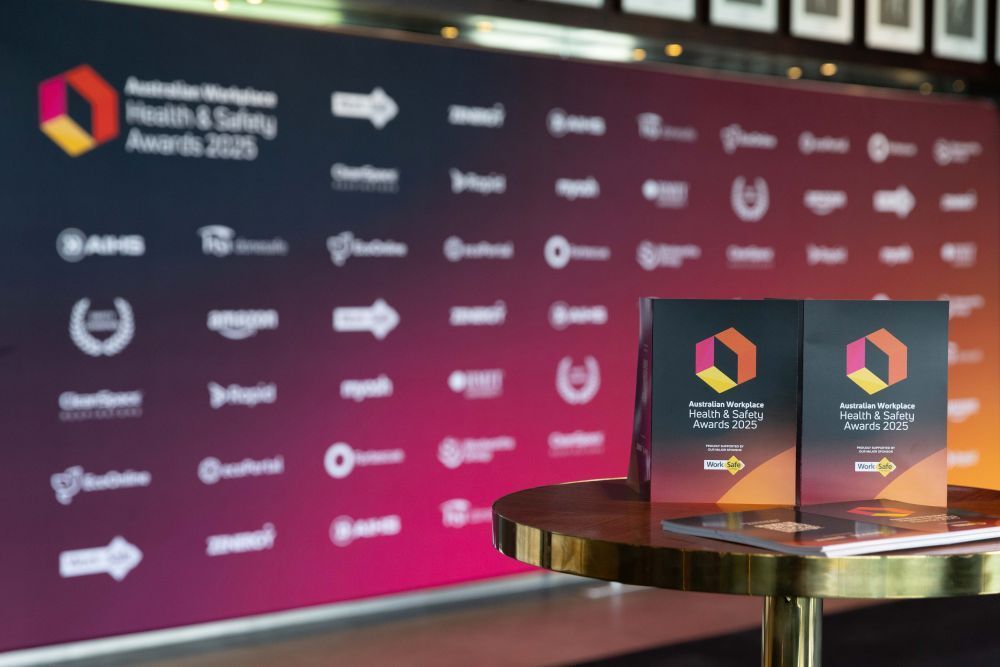Question: How to get the most out of your insurer?
By Dustin Bartley – NSW Operations Manager, CGU Insurance
Dustin has over 10 years’ experience in the workers compensation industry and has held various injury management, claims and leadership roles across New South Wales, Victoria and the United Kingdom. Dustin understands the importance of timely and quality claims management and recognises the financial implications for his employer and broker partners. Over the past 12 months, he and his team have redefined CGU’s ‘recovery at work’ claims model focussing on the delivery of early and tailored intervention and the containment of claims costs.
Zenergy would like to extend a huge Thank you to Dustin on presenting some key thought provoking ideas on getting the best out of your insurer. His approach, style and delivery was highly regarded by the audience and gave this topic a fresh flavour.
Build a relationship with the wider claims team and explain your overall program goals
High performing employers do this exceptionally well.
Case Managers are not always calling all the shots
In complex cases, Case Managers seek the opinion of their TA, IMA or TL
If you know the TA, the first thing that enters their head, is your voice and your needs
If you don’t know the TA, the first thing they do is pick up a copy of the Legislation
These are two very different lines of thinking.
One gets you what you want, one might not. E.g. Mark Lean-Fore
If you have the support of the whole claims team, Case Manager turnover is not an issue.
Ask for solutions and don’t compete on technicalities:
If you compete on technicalities, two things happen –
(1) You suggest that there is a right and a wrong. We all know this is rarely the case.
(2) You get defensive insurers: Insurers think they’re right.
2000 active claims per branch – They see a lot of claims and a lot of scenarios
All insurers offer solid technical advice and this is not a point of differentiation.
The way that insurers differentiate themselves is by finding the best solution for you, fast.
If another insurer can find better solutions, quicker, that’s who you will want to work with.
Ask for the full range of solutions and talk about risk.
The best CMs in the industry are driven. They want to find solutions that you haven’t thought of. They want to influence RTW outcomes quickly and exceed your expectations.
Asking a Case Manager for solutions challenges and engages them.
Leave Liability to Insurers
High performing employers have strong opinions, yet leave liability decisions to insurers
Poor performing employers actively communicate adverse decisions to their employees
If you communicate an adverse decision, and that decision is later overturned, you have very little chance of returning them to your workplace.
If you are a large employer, it only takes 1 of those claims, to be a very expensive mistake.
The top predictor of return to work outcomes is whether the worker wants to return to work.
Our best performing employers put a lot of effort into maintaining or building a healthy relationship with their employee. They support people back to work regardless of liability.
Leave Liability to Insurers
High performing employers have strong opinions, yet leave liability decisions to insurers
Poor performing employers actively communicate adverse decisions to their employees
If you communicate an adverse decision, and that decision is later overturned, you have very little chance of returning them to your workplace.
If you are a large employer, it only takes 1 of those claims, to be a very expensive mistake.
The top predictor of return to work outcomes is whether the worker wants to return to work.
Our best performing employers put a lot of effort into maintaining or building a healthy relationship with their employee. They support people back to work regardless of liability.
Escalate issues quickly and include the Case Manager
I’m not convinced we’re on the right track. Can we have a conversation with your Team Leader/Technical Advisor and throw some ideas around? Versus,
I disagree and want to speak with your team leader.
High performing employers get this right. Their Case Managers are more engaged, more enthusiastic about the program and want to make their key contact look good.






